7 Basics to Serving Wine Glasses in a Party
This important, yet subtle art of serving wine has been a coveted one for ages. You don’t have to be a sommelier to serve wine like a pro. Impress your guests by giving them an exquisite experience. Whether you are hanging out with your friends or dining with colleagues, here are must-read tips by Ellementry that will help you look like an experienced wine connoisseur.
One thing to remember is that red wine, white wine, and sparkling wine have different ways of being served. We will get to that in a minute. Don’t forget to keep the corkscrew handy!
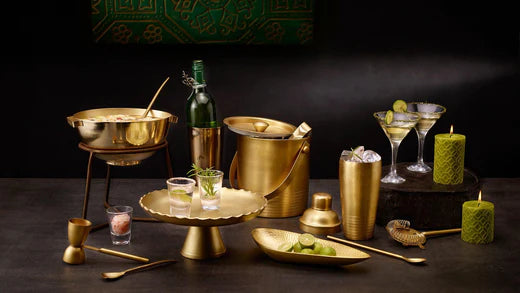
1.The temperature of the wine:
It would be best if you get the heat of the wine right. The generally accepted temperature to serve wine is between 12-21 degrees Celsius. Typically, rich red wines are preferred to be served a little warmer as they taste much better. If you are using the fridge to cool your wine, remember to turn up the temperature notch by a couple of degrees so that the wine doesn’t get too cold.
White wines are usually served cooler than red wine. It is also maintained at cold temperatures, several hours before serving. Sparkling wine is served the coolest. It is kept in the freezer for an hour before being served. It is essential to ensure that there is no frostbite on the bottle or the sparkling wine may end up being frozen!
2. Choosing the Perfect Wine Glass:
White wines are generally served in small-bowled glasses. White wines that are light-bodied such as Soave and Moscato are served in wine glasses that have a tall and thin bowl. White wines that are full-bodied such as Viognier are generally served in wine glasses that have rounder bowls and are much shorter. Red wines are generally served in large bowled glasses as the wider mouth of the glass makes the flavour taste smooth. Full-bodied red wines are served in a large, tall wine glass while light-bodied red wines are served in shorter and smaller bowled glasses. The bowl too is slightly more rounded. Sparkling wines are served in thin and long glasses with a narrow mouth. These wines are generally not swirled while drinking as it becomes flat once the gases escape. Whatever you choose, you can get them all at Ellementry at reasonable prices.
Must Read: Guide to Drinking Glasses for your Favorite Drinks
3.Decantation:
Wines that are more than five years old are decanted before serving. Decantation helps to separate the bright wine from the sediment that has accumulated over a period of time. This process also enhances the flavour of the wine. Sometimes, there may be a rotten egg aroma that can easily be ridden by stirring the wine with a pure silver spoon.
4.Holding the Wine Glass:
There is a reason why the wine glass is designed the way it is. A wine glass should always be held by the stem, though it seems logical to keep the rounded bowl portion of the glass. Here’s why you should not do that: when you hold the bowl portion of the glass, your body temperature will heat the wine resulting in loss of flavour and taste. Holding it by the stem keeps the wine at its cold temperature.
5. How To Choose the Right Wine Glass?
Wine glasses can be divided into two categories: thin and long bowl, and rounded bowl while one is designed to maintain the cold temperature, the design of the other to collect and preserve the aromas.
White wine glasses have a smaller bowled glass which helps to:
- Express more acidity in the wine.
- Preserve floral aromas in the wine.
- Maintain the cold temperature.
- Deliver more aromas due to its proximity to the nose.
Wines such as Chardonnay, White Rioja, Viognier and orange wines taste better in a larger bowl.
Red wine glasses: Red wines are dominated by the bitter flavour of tannin and spicy flavour that have to be mitigated, for the wine to taste smooth. This taste is achieved by using glasses with a wide opening. To serve red wines such as Alicante Bouschet, Bordeaux, or Cabernet Franc, it is recommended to use the “Bordeaux” Glass. This glass helps to deliver more aroma while subduing the burn of ethanol. The larger surface allows the ethanol to evaporate. Thus, the wine tastes smoother. Standard red wine glasses have a smaller opening that helps you to taste the flavours progressively. Some of the wines served in the standard glass are Shiraz, Malbec, and Zinfandel. “Bourgogne” glasses have larger and rounder bowls. This best brings out the flavour in wines such as Pinot Noir St. Laurent, Nebbiolo, Freisa, Schiava, Gamay, etc.
Universal Glass is an excellent option for someone who doesn’t want to bother with all shapes and sizes!
6. Opening a Bottle of Wine:
Begin by cutting the foil at the bottom lip. This prevents stray drips when pouring wine. When the wine is on display, such as at a wine tasting session, it is cut at the top lip since it is more visually appealing. Next, use a corkscrew. Poke the cork a little away from the centre so that it can be turned. Next, turn the corkscrew until it reaches a little before the end of the cork. Some bottles of fine wine may have a longer cork, in which case you can turn the corkscrew to the end and then open the cork. Though it sounds easy, it is better understood when you try doing it.
7. Pouring Wine:
Generally, a standard bottle of wine contains a little over 25 ounces. The division of the bottle is into five servings of 150 ml each. Some restaurants pour 6 ounces or 180 ml per serving as a gesture when you are paying by the glass. Though a wine glass can easily hold anywhere between 17 to 25 ounces of wine, not more than 5 or 6 ounces are poured per serving. The space in the glass keeps the aroma in the wine, which you cannot taste if the glass is near full or full.
If you are the one who is serving wine at a get-together or a house party, ensure that you know how much wine to pour. For beginners, it is a good idea to measure about 5 ounces of water and pour it into the glass to memorize the quantity of the wine to fill. Do not pour too slow or too quickly, pouring very slowly makes stray drops along the side of the wine glass. Pouring too fast tips the wine from the sides of the wine glass. For beginners, it is safe to hold a tissue a little away from the mouth of the bottle. This process prevents any stray drops from splattering.
Generally, women are served first and later the men. Usually, the host is served last.
These tips will come in handy the next time you pick up a wine bottle or glass. For more information and exceptional options, visit ellementry.com.

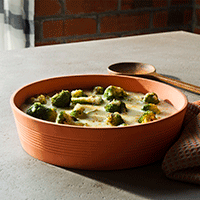
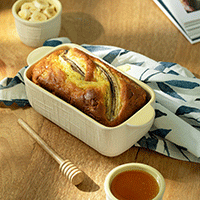
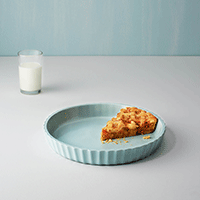

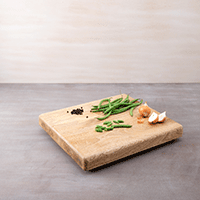
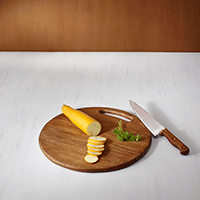
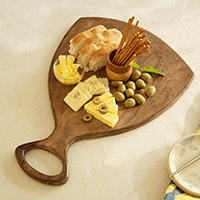
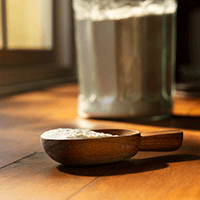
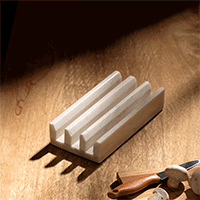

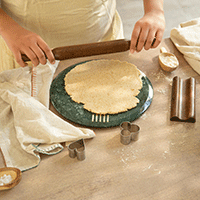
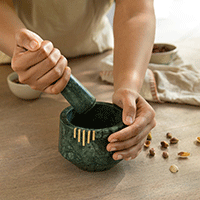
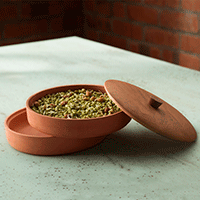
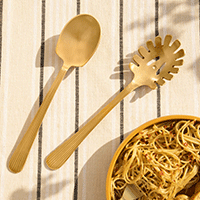
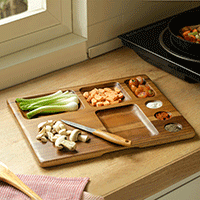
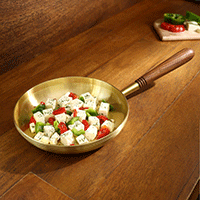
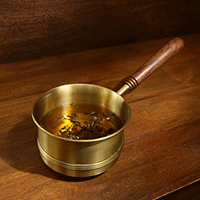
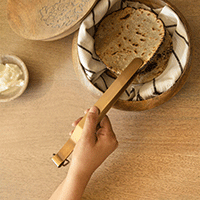
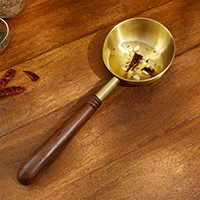
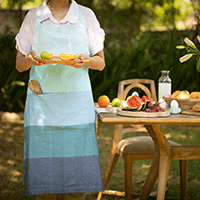
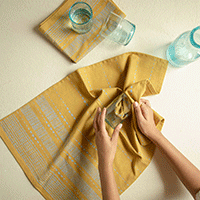
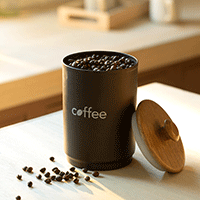
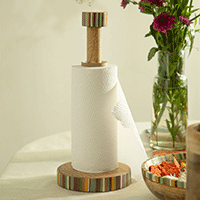
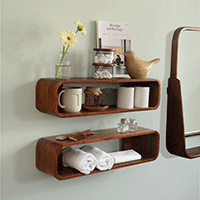
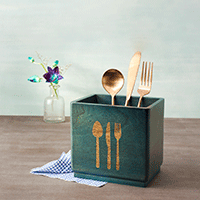
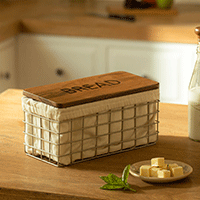
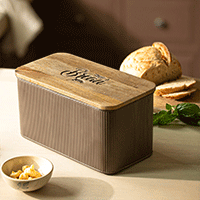
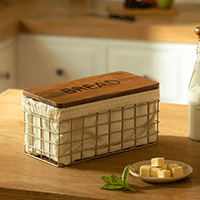
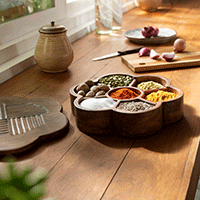

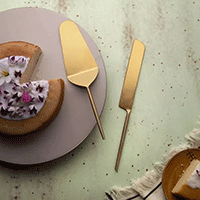
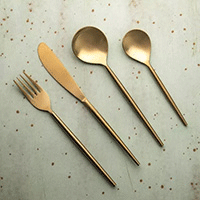
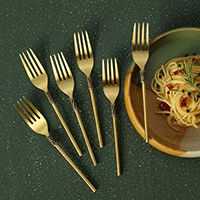
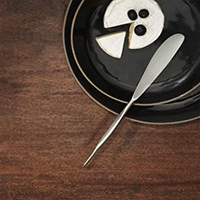
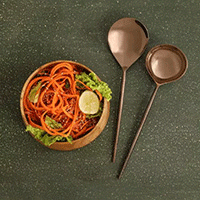
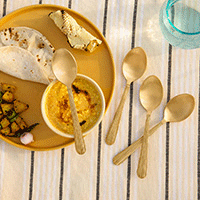
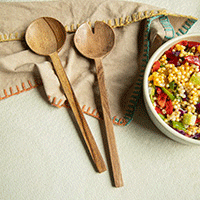
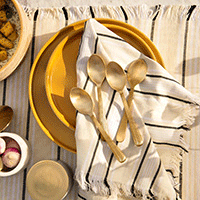
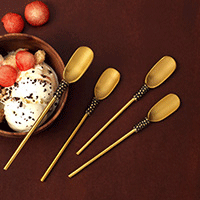
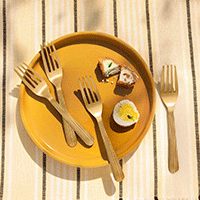
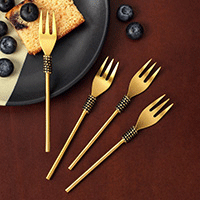
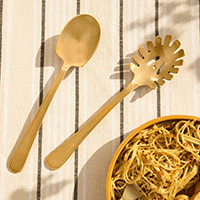
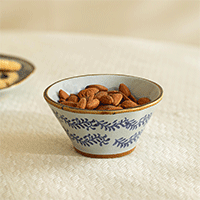
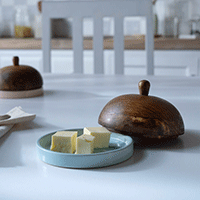
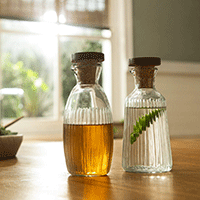
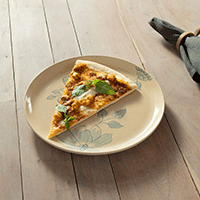
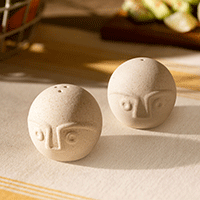
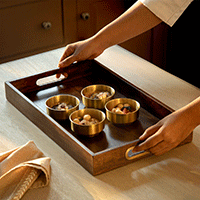
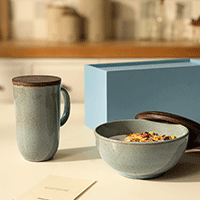


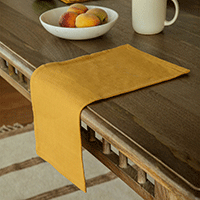
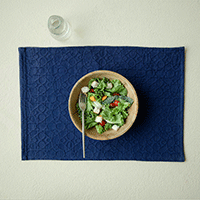
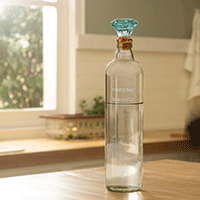
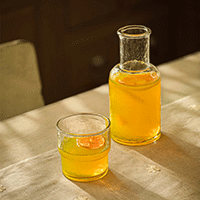
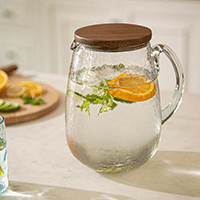
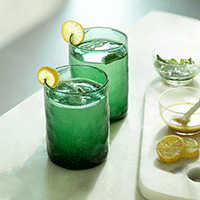
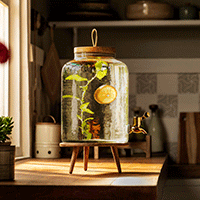
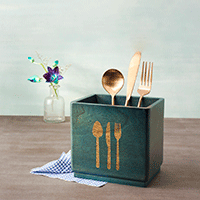
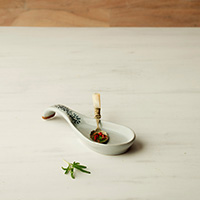
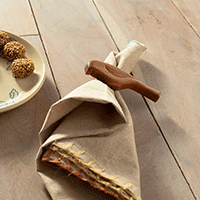

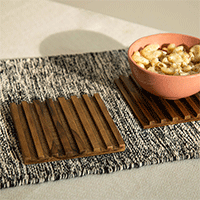
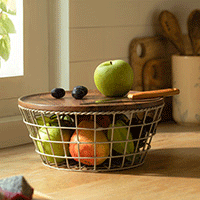
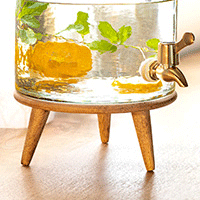
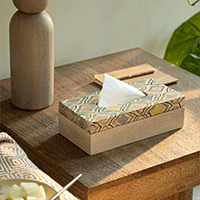

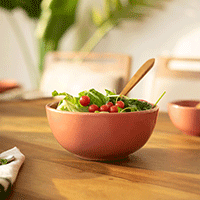
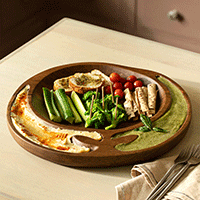
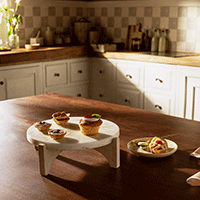
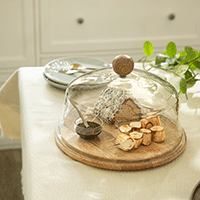
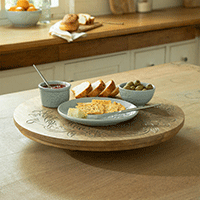
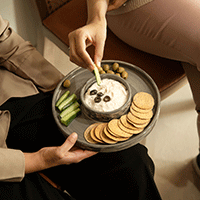
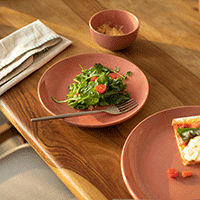
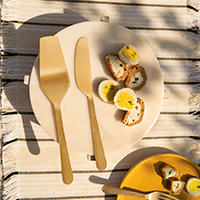
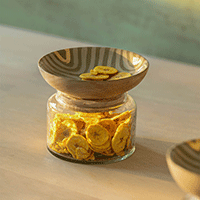
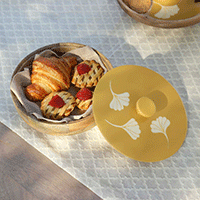
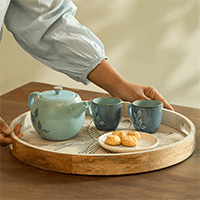
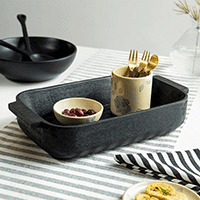
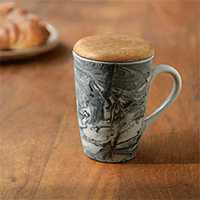
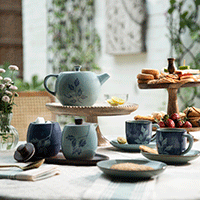
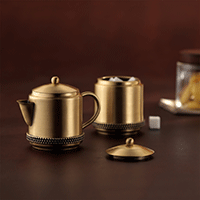
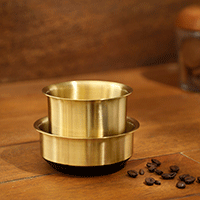

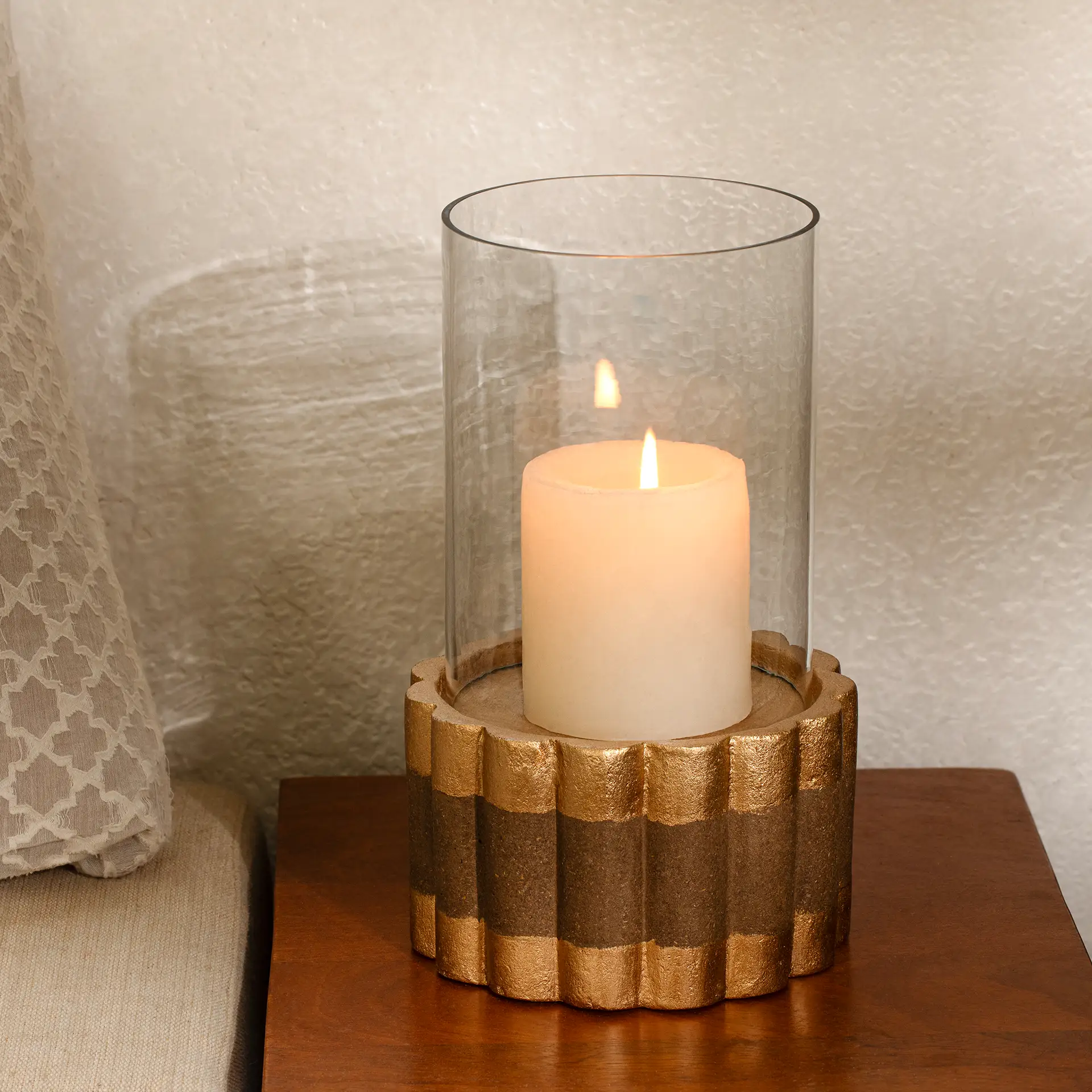


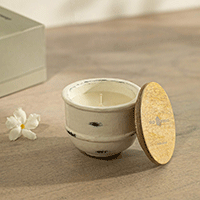
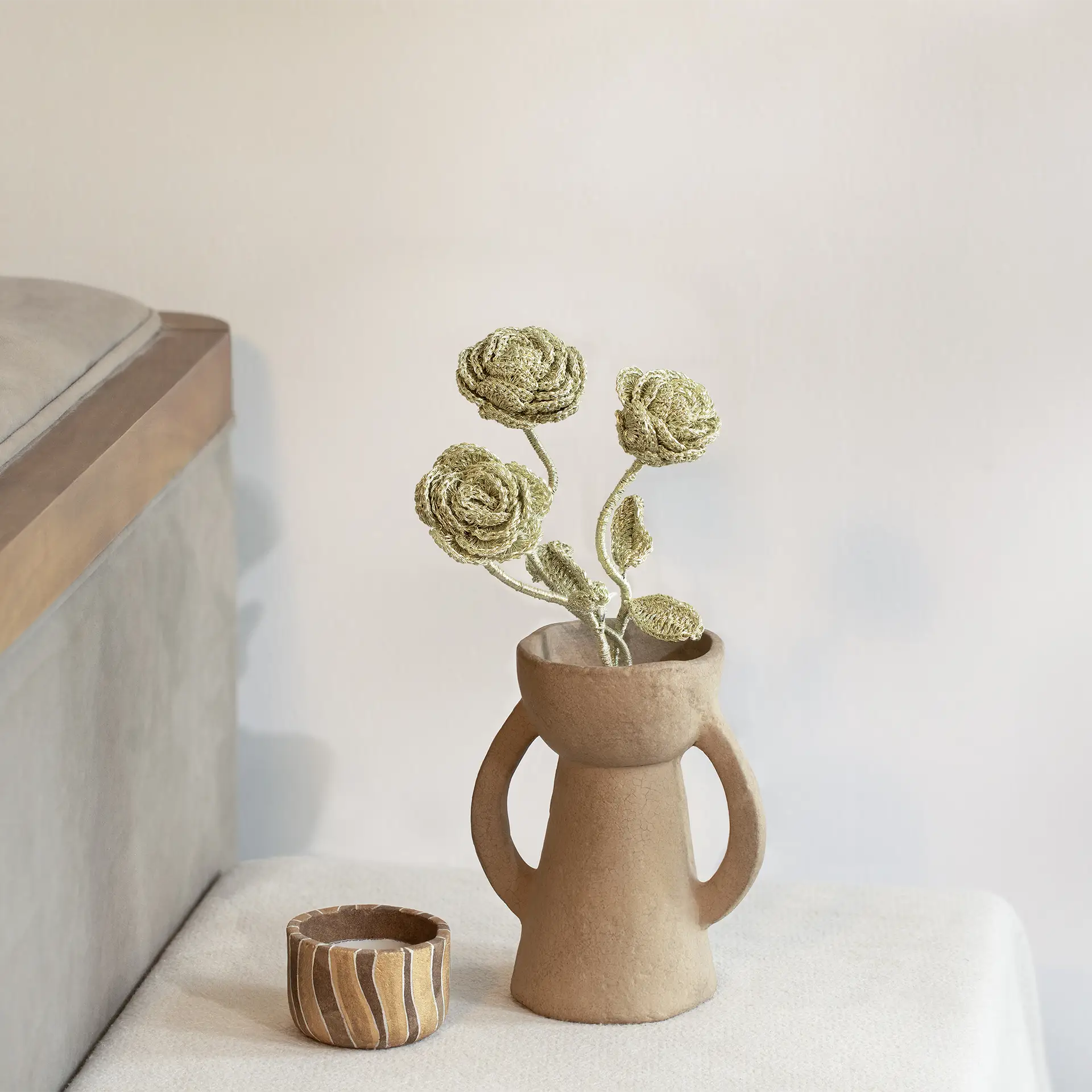
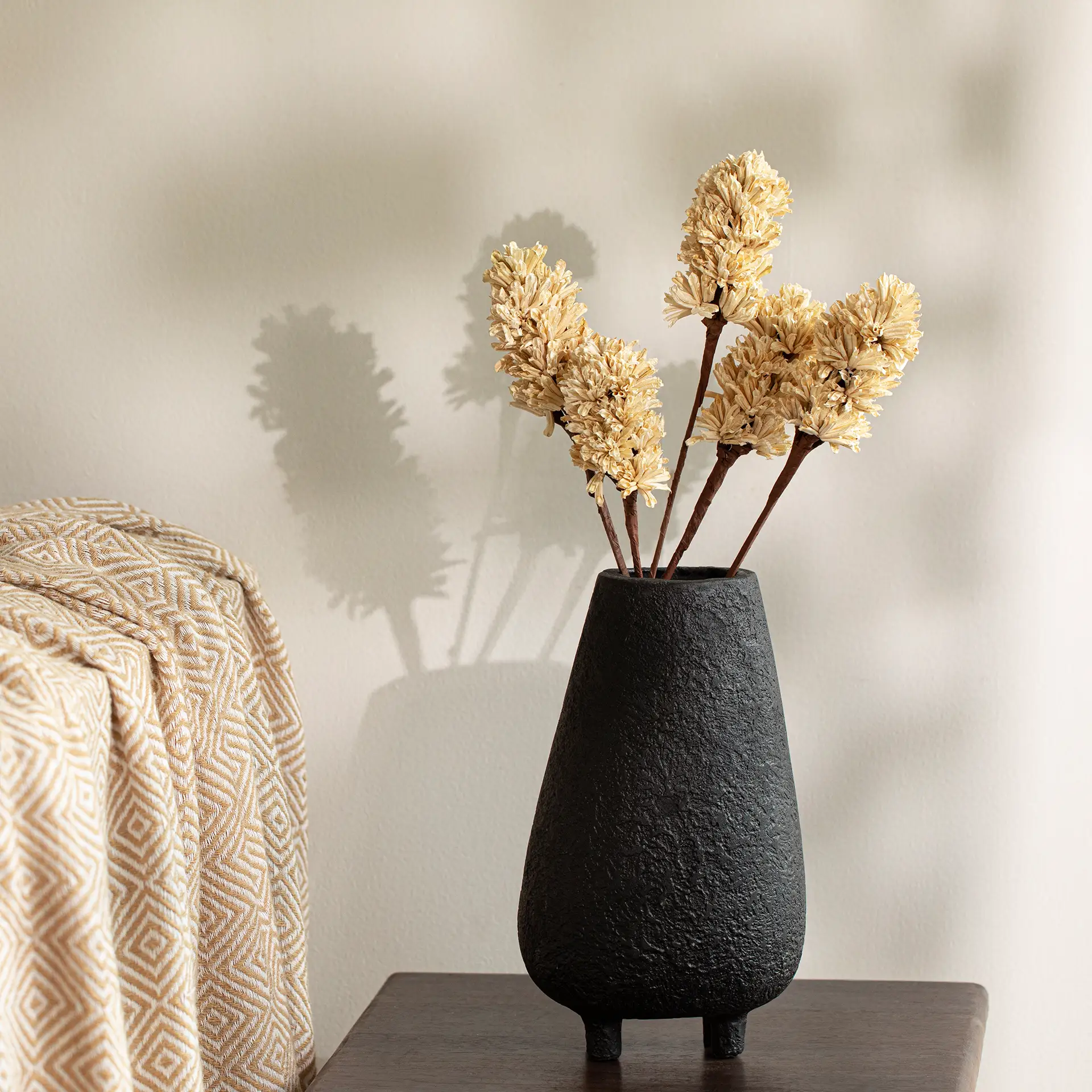
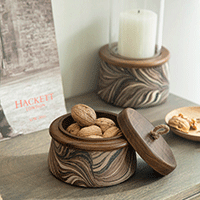
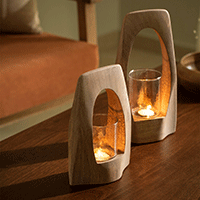
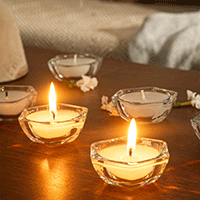
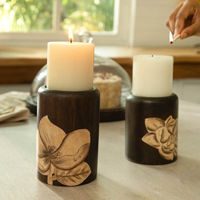
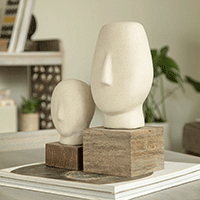
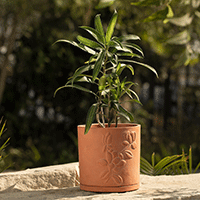
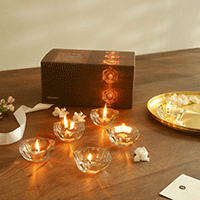
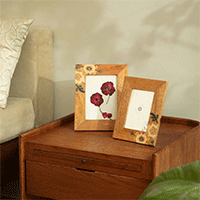
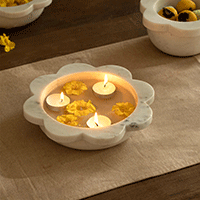

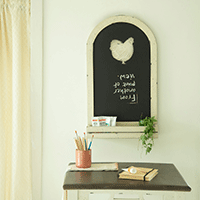
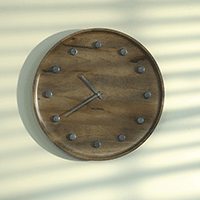
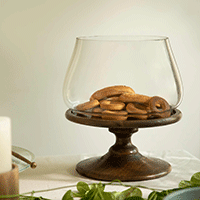
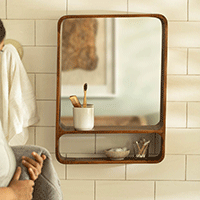
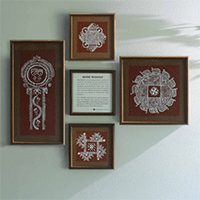

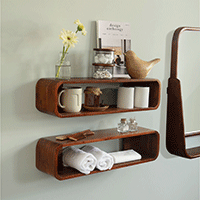
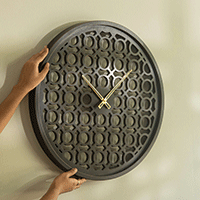

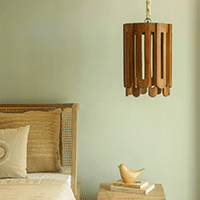
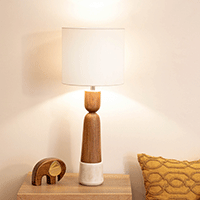
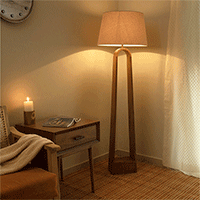
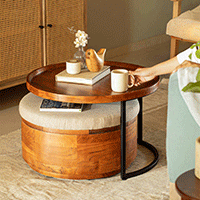
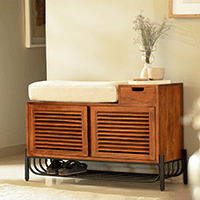
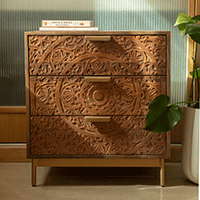
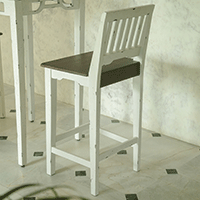
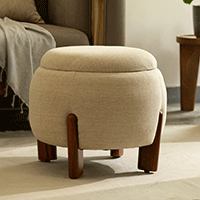
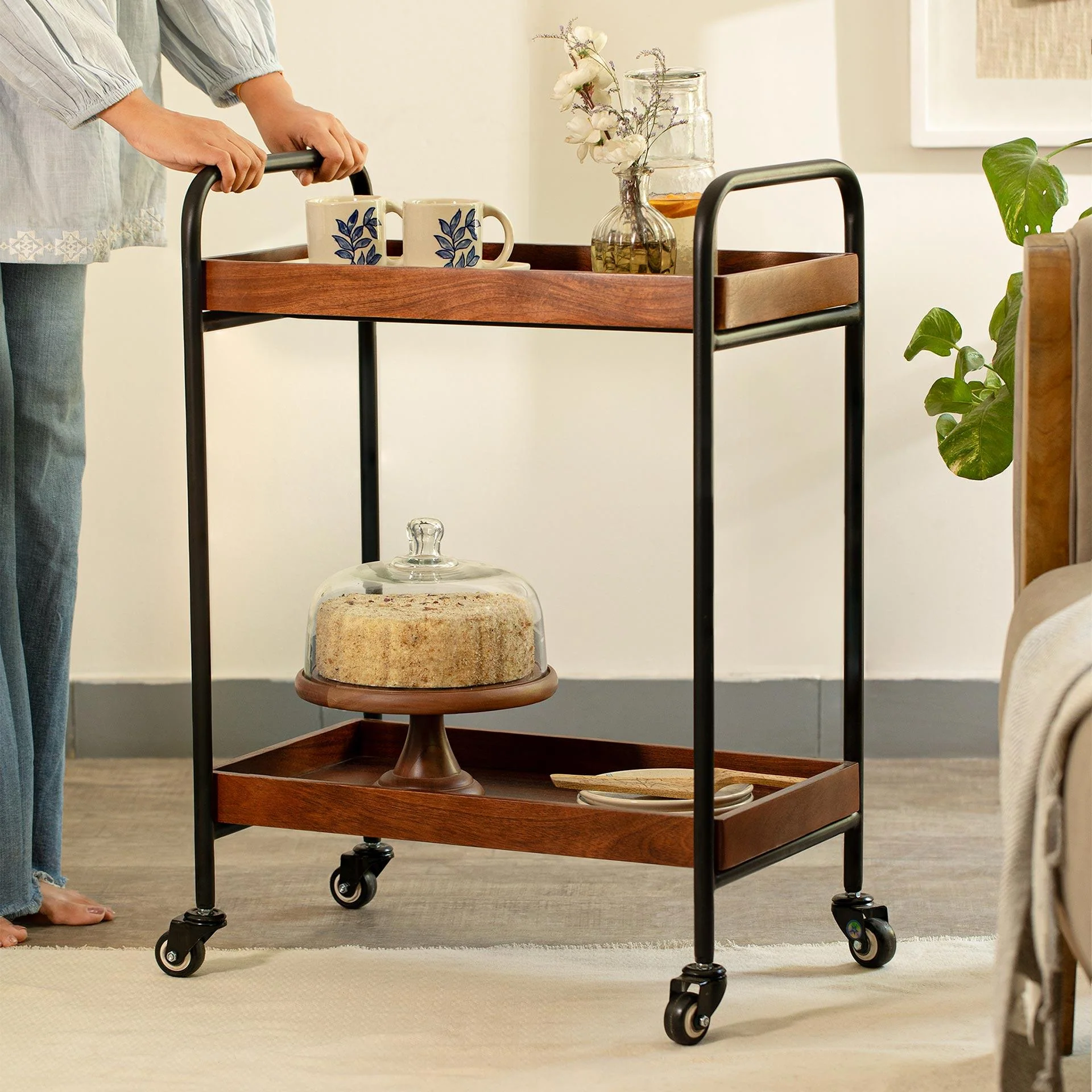

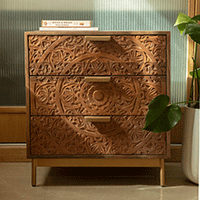

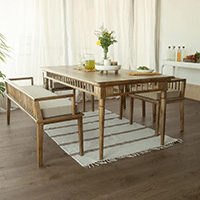
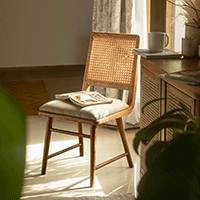

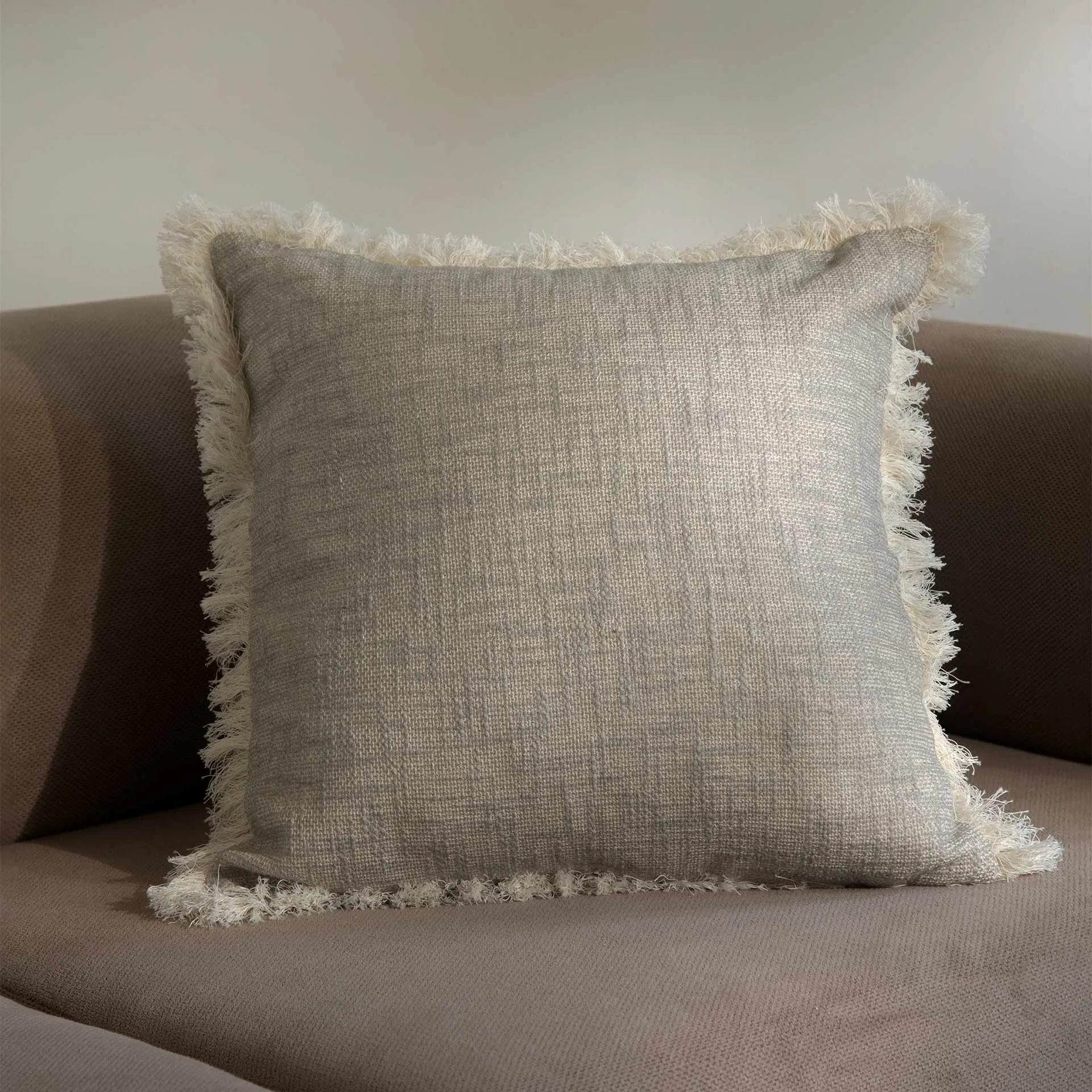
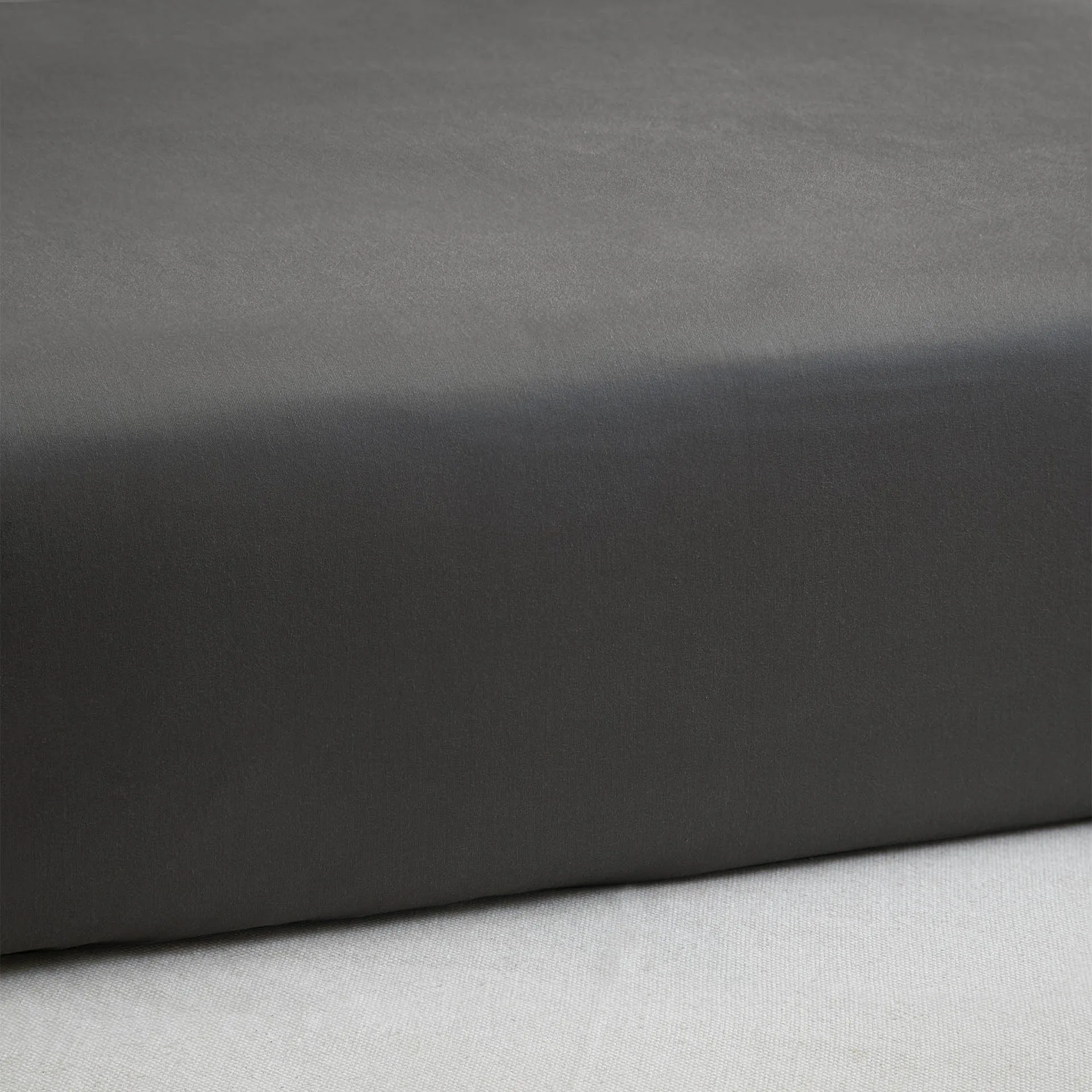

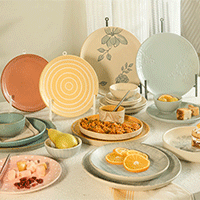
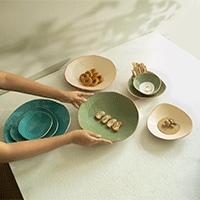
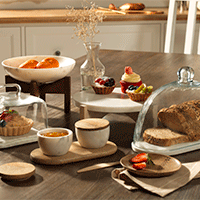
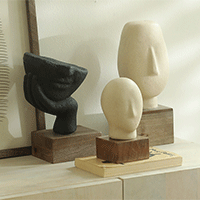
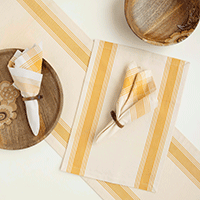
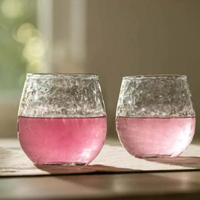
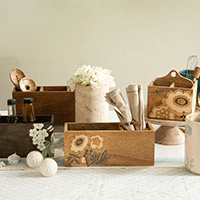
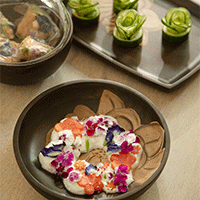
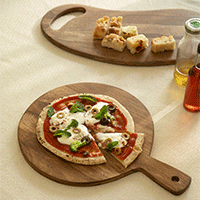
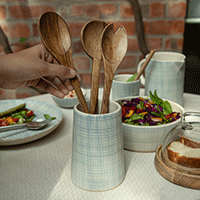
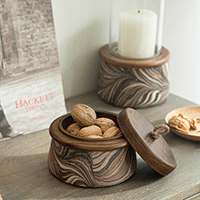
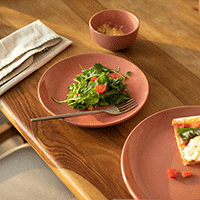
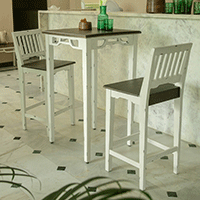
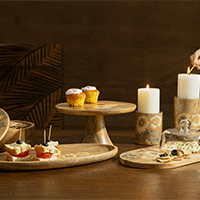
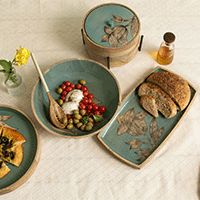
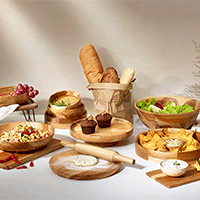
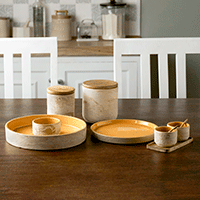
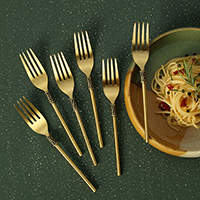
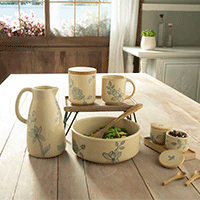
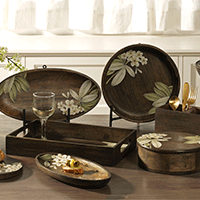
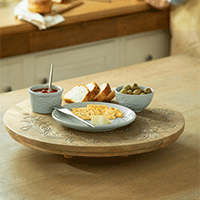
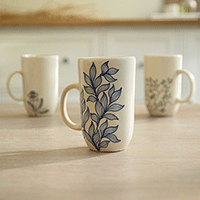
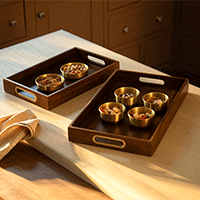
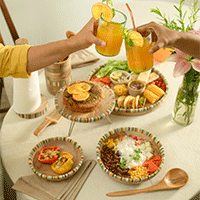
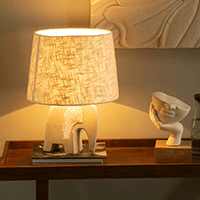
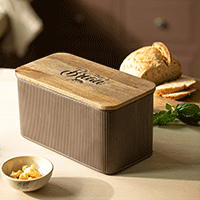
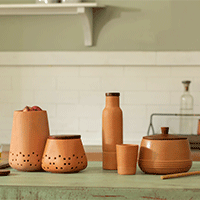
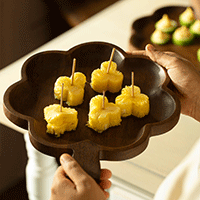
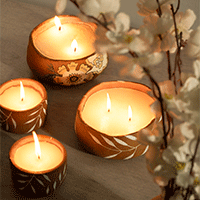
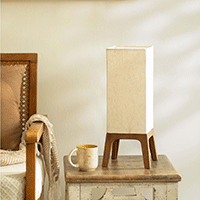
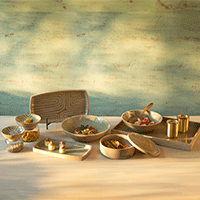
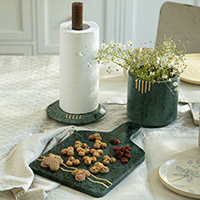
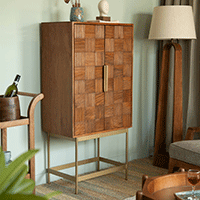
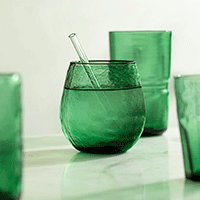
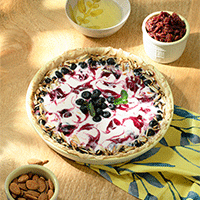
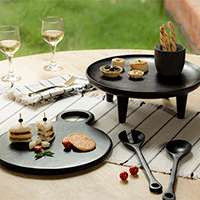
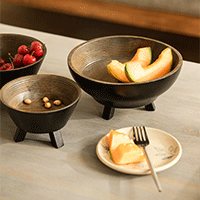
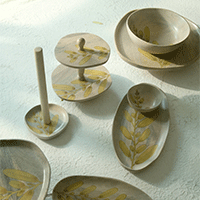
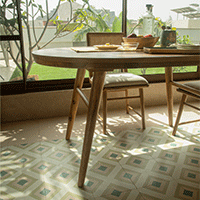
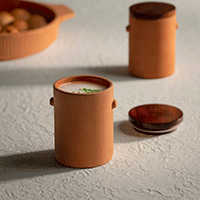
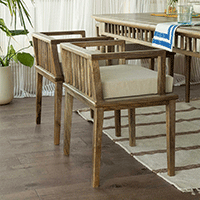

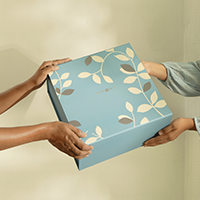
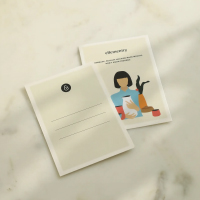

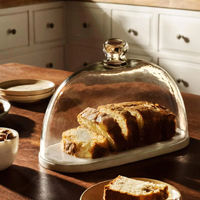

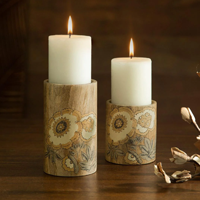
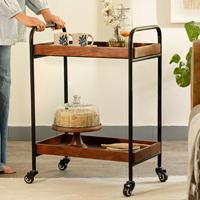


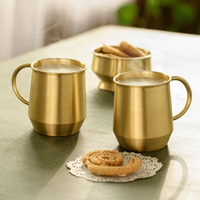
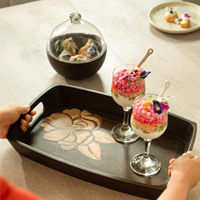
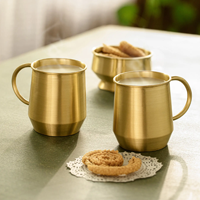
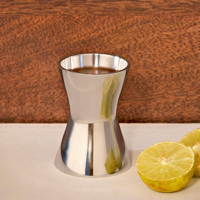
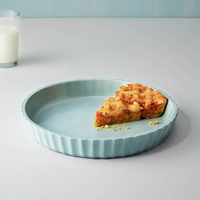
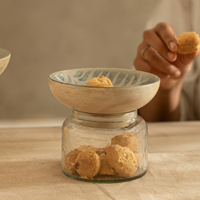
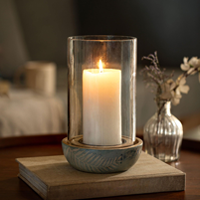
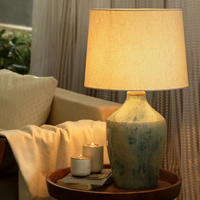
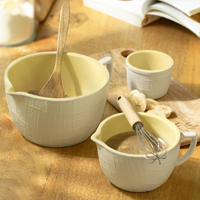
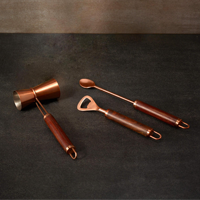
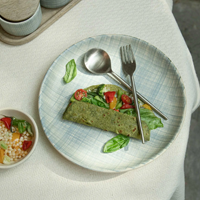














 easy returns
easy returns safe & secure
safe & secure hand crafted
hand crafted
